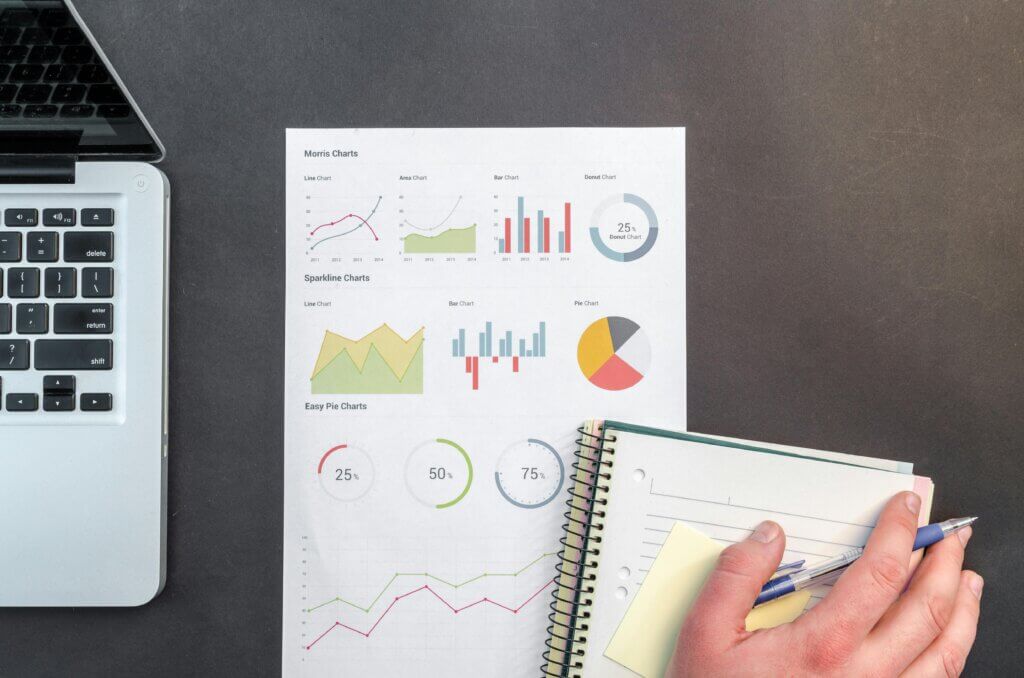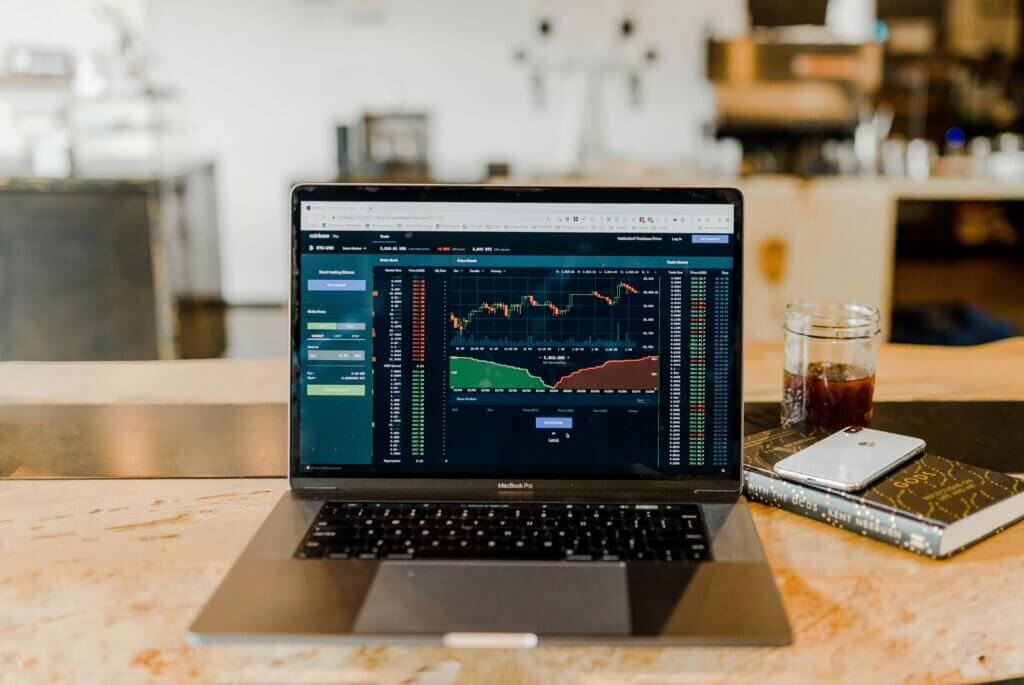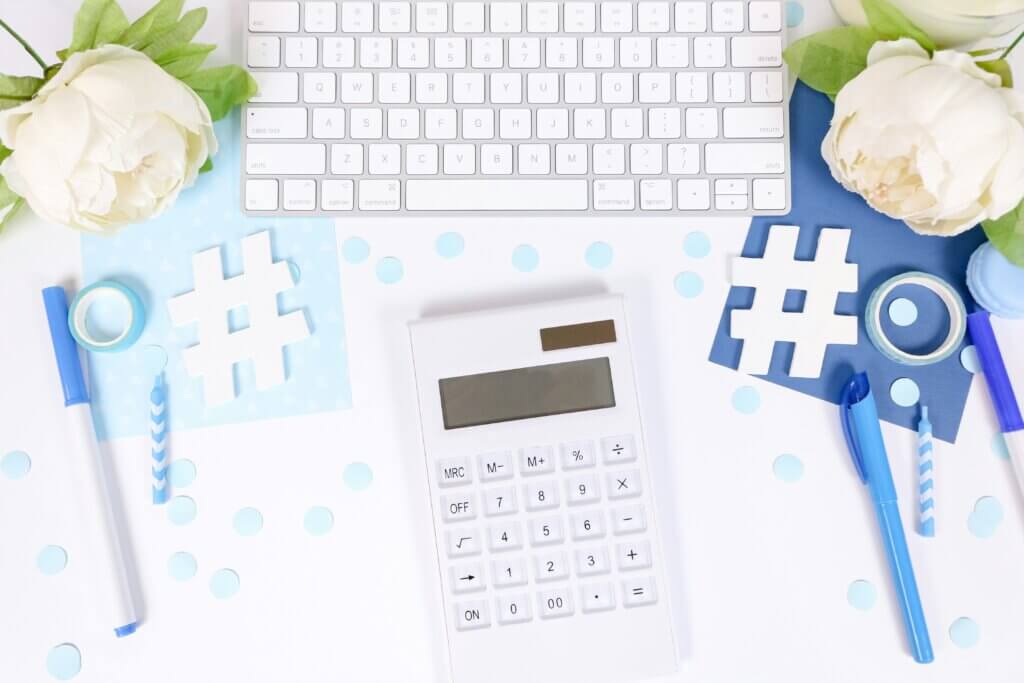Depreciation Methods: Everything Businesses Need to Know
Asset depreciation is one of the key aspects of any business, and organizations must follow the right methods while calculating any asset’s depreciable value. Calculating the depreciable value of assets is required to be shown in the business books to keep records on how the value of assets is lowered with their usage and age. Records of depreciation are also important to keep a company aligned with required tax liabilities and maintaining tax compliance. There are different depreciation methods to be considered when a small or medium-sized business is maintaining its accounting records. This article takes a deep dive into the different depreciation methods every business needs to know.
What is depreciation?
Depreciation is a significant facet of accounting methods shown in business books after calculating the value of tangible assets like furniture, machinery, vehicles, laptops or computers, etc. over their lives. The overall expenses incurred on an asset for a year are not calculated under depreciation. The expenses are divided throughout the year as and when expected to be used. Depreciation is a complicated accounting method. It needs expert involvement to practice different depreciation methods for calculating to reflect the right valuation of all assets in the accounting books of a business.
Why does it matter?
Depreciation, being a significant aspect, helps a business to ascertain the correct decreasing value of the tangible assets. Here are the reasons why depreciation matters:
- Tracking the correct asset value: Depreciation calculation helps businesses to keep track of how much asset value is left. It calculates an asset’s lost value, like wear and tear happening due to the asset’s aging, usage, or if it is getting outdated.
- Reflecting the correct revenue: Depreciable asset value, when calculated correctly, helps in reflecting the right revenue generated over a year in the accounting books.
- Managing tax strategies: Depreciation helps in reducing taxable income by showing some part of any assets’ value as an annual expense.
- Maintaining accurate finances: Depreciation prevents any kind of huge costs from changing or mis-calculating profit numbers.
- Supporting asset replacement: Calculating the right value of an asset helps a company to understand if the asset has become outdated or reached its maximum usage. This helps in deciding whether to replace the asset.
What assets can’t be depreciated?
Not all kinds of assets are depreciable. Only tangible assets like furniture, machinery, or electronic products used in a workspace are eligible for depreciation. Assets like land, goodwill, trademarks, licenses, and current assets (inventories or supplies) are not eligible for depreciation calculations. Similarly, financial assets like bonds, stocks, or other financial investments are mostly appreciable in nature. For example, land cannot be depreciated because it does not become obsolete. It can be used and kept for an indefinite period. Infrastructural growth around a piece of land increases the value of that land. Thus, land is more of an appreciable asset.
Depreciation Methods
Depreciation methods are accounting procedures deployed to allocate the actual cost of a tangible asset across its useful life. The depreciation methods record the gradual reduction in an asset’s value due to years of usage. Below is a table summarizing different depreciation methods:
|
Method |
Best for |
Benefits |
Drawbacks |
|
Straight-Line Depreciation |
Small-sized businesses |
It is simple and easy to calculate and helps in financial budgeting. |
It does not reflect the actual depreciation happening to a fixed asset. |
|
Declining Balance Depreciation |
Start-ups, logistics businesses |
This method calculates higher usage of assets during its initial years and brings tax benefits. |
This method has complex calculations and has lower expenses at the end of the asset life. |
|
Double Declining Balance Depreciation |
Start-ups, logistics businesses |
This method calculates higher usage of assets during their initial years and reduces taxable income during the assets’ early life. |
This method offers complex calculations, and it isn’t applicable to all asset types. |
|
Units of Production Depreciation |
Manufacturing; Transportation & logistics businesses |
No depreciation is charged on the asset when it doesn’t function or produce. |
This method requires detailed tracking of how much the asset has been used or how many units it has produced. |
|
Sum-of-the-Years Digits Depreciation |
Manufacturing Companies; Construction Businesses |
This depreciation method brings tax benefits and flexibility for financial reporting. |
This method needs careful calculations and is not suitable for all kinds of assets. |
Straight-Line Depreciation
Straight-line depreciation is the easiest and commonly practiced depreciation method in small businesses. This method allocates a fixed asset’s cost evenly across its whole life. The calculation is simple under this method, and it helps small companies to keep up a good budget due to its consistency in expenses.
Formula
Depreciation = (Cost of asset – salvage value)/ Estimated useful life of the asset
Example
If the cost of the asset is $25,000, the salvage value is $5,000, and the useful life is 10 years, then the Depreciation would be as follows:
($25,000- $5,000) / 10 = $2000. Therefore, the depreciation expense of the asset per year would be $2000. The company will keep deducting $2000 per year against the asset for the next 10 years.
Tips
- For suitable assets: Using the straight-line depreciation method for assets that have evenly spread depreciable values throughout their lives.
- Estimating the salvage value: The salvage value must be calculated correctly. Wrong estimation can distort the financial statements.
- Reviewing asset useful life: Review an asset’s useful life by monitoring how the wearing patterns of the asset are changing over time.
Declining Balance Depreciation
Declining Balance depreciation is commonly known as the accelerated depreciation method. During the initial years of the asset life, higher depreciation is charged, which is gradually reduced in later years. This method is suitable for assets that quickly lose their value, like vehicles. This method is mostly deployed in start-ups, medium-sized tech companies where computers or software get outdated frequently, transportation or logistics businesses, etc. This method results in higher depreciation expenses in the earlier years, reflecting the idea that assets are typically more productive and efficient when they are newer.
Formula
Book value at the beginning of year x depreciation rate = Depreciation
Example
If a company has a machine worth $40,000 and has an asset life of 10 years, then the depreciation rate is 1/10=10%. Now the declining balance depreciation will be:
Book value at the end of year one:
10% x $40,000 = $4,000
Book value: $40,000 – $4,000 = $36,000
Book value at the end of year two:
The book value is $36,000 in the second year. Using the same formula, the asset depreciation for the second year will be:
$32,000 x 10% = $3,200
Book value: $32,000 – $3,200 = $28,800.
The same process of calculation will follow until the end of the asset’s life, i.e., for 10 years.
Tips
- For rapidly depreciating assets: This method is most suitable for assets that quickly become obsolete.
- Switching to the straight-line depreciation method: Switching to the straight-line method in later years is recommended to fully depreciate the asset.
- Tracking the asset value: Accurate tracking of the asset value is essential.
Double Declining Balance Depreciation
The Double Declining Balance (DDB) depreciation method is also termed as accelerated depreciation or the reducing balance method. This method is used to evaluate an asset value heavily during its early life. The depreciable value of the assets goes twice as fast as the declining balance method. This method is also commonly practiced by start-ups and medium-sized businesses. This method is highly applicable for the assets that lose most of their value at an early age.
Formula
2 x Depreciation Rate x Current Book Value = Depreciation
Example
If a company has a machine worth $40,000 and has an asset life of 10 years, then the depreciation rate is 1/10=10%. Now the double-declining balance depreciation will be:
Book value at the end of year one:
2 x 10% = 20%
20% x $40,000 = $8000
Book value: $40,000 – $8000 = $32,000
Book value at the end of year two:
The book value is $32,000 in the second year. Using the same formula, the asset depreciation for the second year will be:
$32,000 x 20% = $6,400
Book value: $32,000 – $6,400 = $25,600.
The same process of calculation will follow until the end of the asset’s life, i.e., for 10 years.
Tips
- For rapidly depreciating assets: This method is most suitable for assets that quickly become obsolete.
- Switching to a different method: Switching to the straight-line method in later years is recommended to fully depreciate the asset.
- Tracking the book value year-by-year: Tracking the asset value year-by-year and proper maintenance of the accounting books lead to no errors.
Units of Production Depreciation
The Units of Production (UOP) depreciation method calculates asset expenses according to how much the assets have been used. This depreciation method is useful for vehicles, machinery, or equipment, depending on the asset usage, output, or damages that took place over the years. The time factor or age of an asset isn’t applicable while calculating depreciation under this method. The depreciation is calculated as per the number of units produced by an asset or based on the estimate of how much the asset can produce over its life.
Formula
(Cost of asset – salvage value / Estimated units of production) = Depreciation per unit
Depreciation per unit x actual units produced during a year = Depreciation of the units produced during a year
Example
A machine costs $100,000, and its salvage value is $10,000. The estimated production from that machine is 9,000 units over its life. During the first year, it produces 2,000 units.
- Depreciation per unit = ($100,000 – $10,000) ÷ 9,000 = $10 per unit
- Depreciation during the first year = 2,000 × $10 = $20,000
If the machine produces 1,000 units during the second year, then the depreciation would be just (1,000 x $10) = $10,000.
Tips
- Suitable for output-based assets: This method is suitable for assets whose values decline with usage.
- Careful estimation of an asset’s production: The estimation of an asset’s overall production through its life should be calculated correctly.
- Tracking an asset usage accurately: It is important to maintain detailed records of the units produced by an asset to keep the accounting book calculations error-free.
Sum-of-the-Years Digits Depreciation
The Sum-of-the-Years Digits (SYD) depreciation method is also an accelerated depreciation, almost like the Double Declining Balance depreciation method. Higher depreciation is calculated under this method during the early years and lower in later years of an asset’s life. It states the fact that a lot of assets are productive and lose value faster during the initial years of their lives.
Formula
(Remaining lifespan / SYD) x (Original cost of the asset – Salvage value)
[n * (n+1)] / 2 = SYD
Example
A company’s asset costs $100,000 with a salvage value of $10,000, and the useful life of the asset is estimated to be 5 years. The Depreciable base is $90,000, and SYD is (1+2+3+4+5) = 15 or [5 x (5+1)]/2 = 15. Here is the depreciation calculation below:
| Year | Remaining life/ 15 | Depreciation |
| 1 | 5/15 = 33.3% | $90,000 x 33.3% = 29,970 |
| 2 | 4/15 = 26.67% | $90,000 x 26.67% = 24,003 |
| 3 | 3/15 = 20% | $90,000 x 20% = 18000 |
| 4 | 2/15 = 13% | $90,000 x 13% = 11,700 |
| 5 | 1/15 = 6.67% | $90,000 x 6.67% = 6003 |
Tips
- Suitable for rapidly depreciating assets: This method works best for assets that are rapidly depreciating.
- Estimating the accurate salvage value: Ensure the salvage calculation is accurate for this depreciation method. Wrong salvage value estimation might bring errors to the accounting books.
- Tracking the remaining asset life: The remaining life should be updated annually to calculate the correct depreciation.
Can you change depreciation methods from year to year?
Yes, depreciation methods can be changed from year to year. Accounting standards like GAAP (Generally Accepted Accounting Principles) and IFRS (International Financial Reporting Standards) allow companies to change the depreciation method, but the reason for the change must be correctly justified. The change must reflect the economic benefits that the company would have with the replaced depreciation method. The current and future financial benefits must be well defined and presented when the depreciation method is changed.
GAAP Depreciation
GAAP (Generally Accepted Accounting Principles) is a set of accounting standards, rules, and guidelines mostly used by companies in the United States while preparing their financial statements. GAAP is how companies prepare and record their financial statements following the GAAP guidelines. With its standardized practice, companies can maintain consistency, reliability, revenue recognition, transparency, and comparability in their financial statements. GAAP’s comprehensive framework helps to maintain balance sheets, income, and cash flow statements.
Invest in your accounting
Tracking down the asset behavior and selecting the suitable depreciation method for every asset is important. It is not easy to calculate accurate depreciation expense for all assets, as different assets have different shelf lives and different behaviors. Refer to the detailed article to invest in the suitable depreciation method for the assets of your organization.
To continue your research and pick the best accounting software for you, check out real user reviews on TrustRadius. You can compare products, read verified reviews, and see which solutions best fit your needs. You may also find value in related categories, including:
Additional Resources













